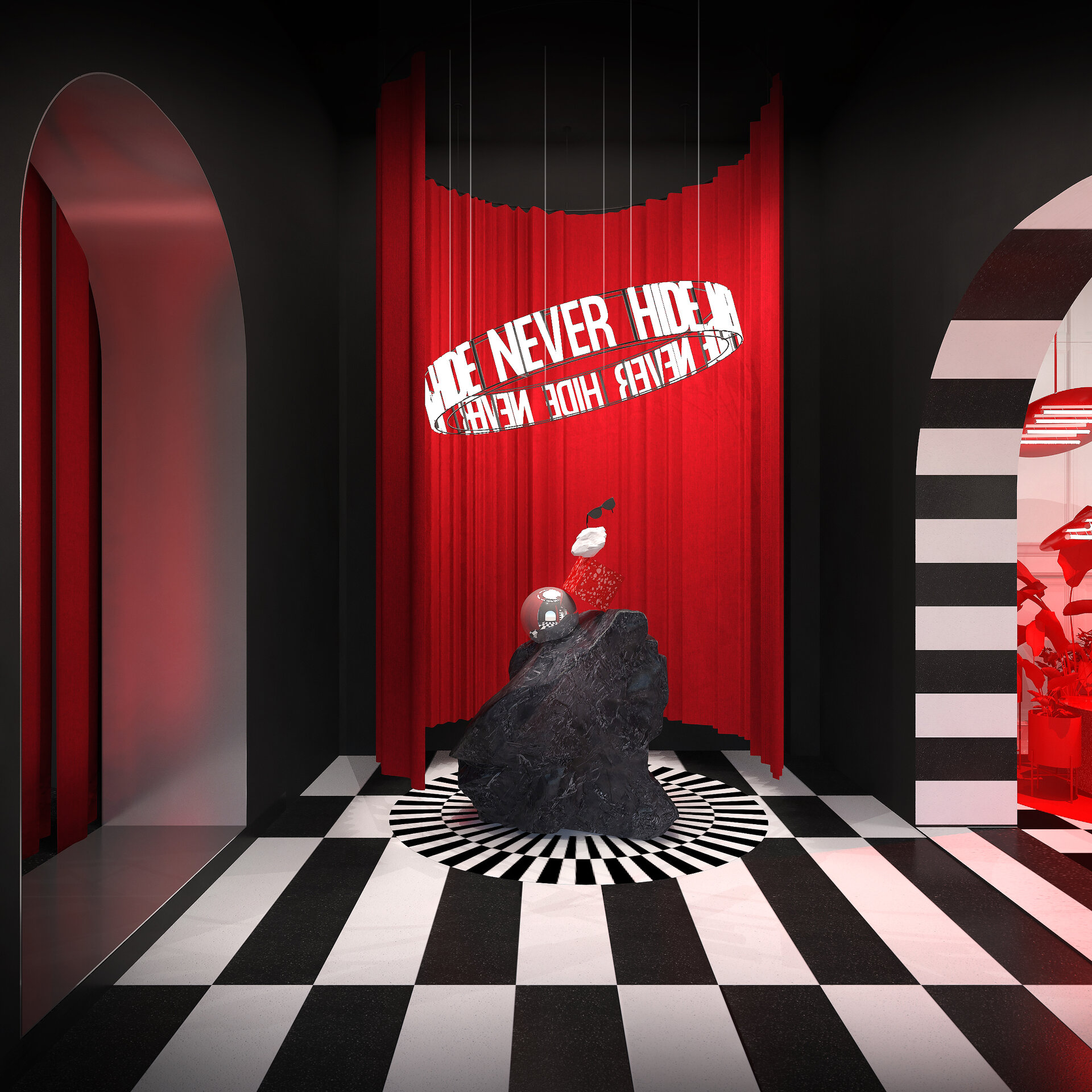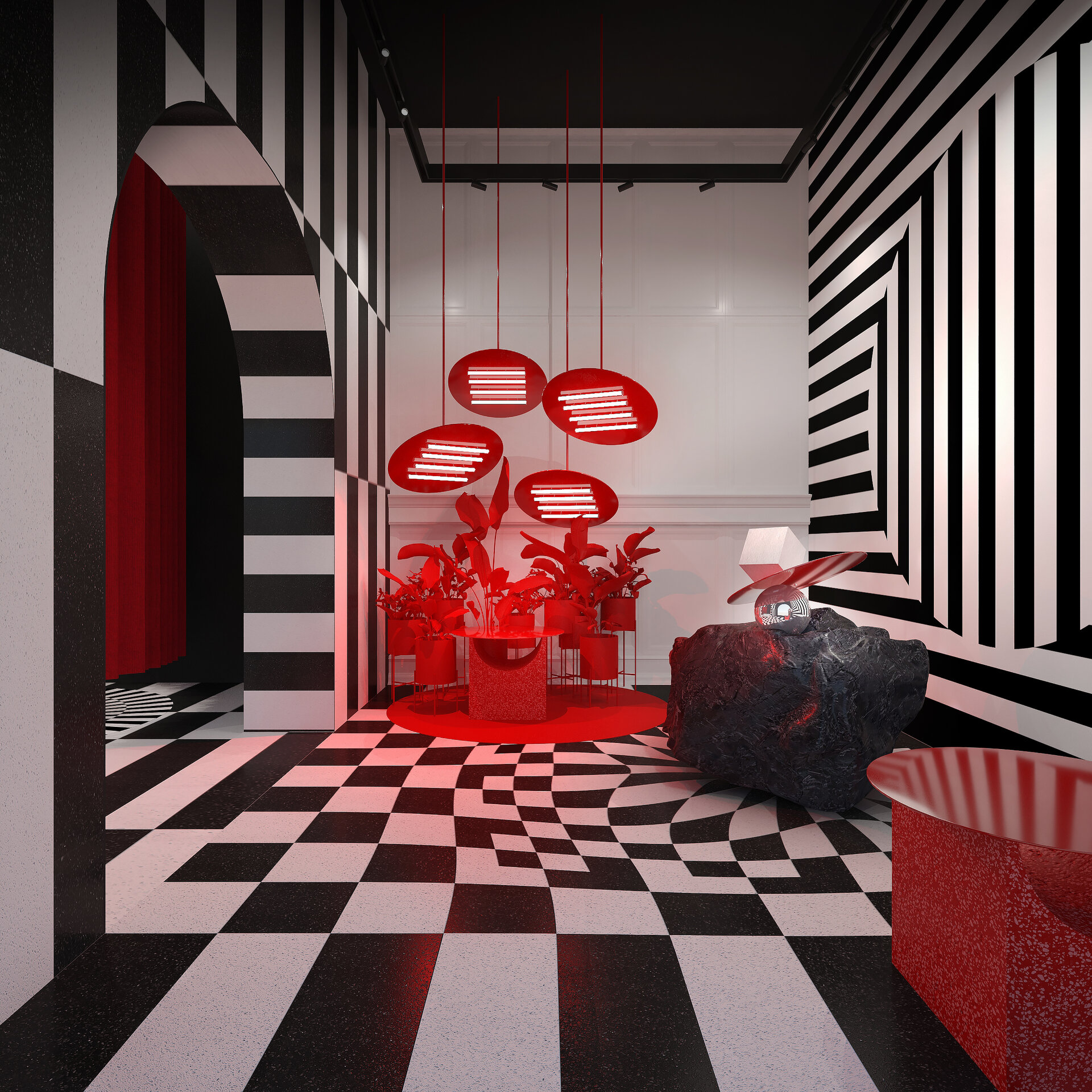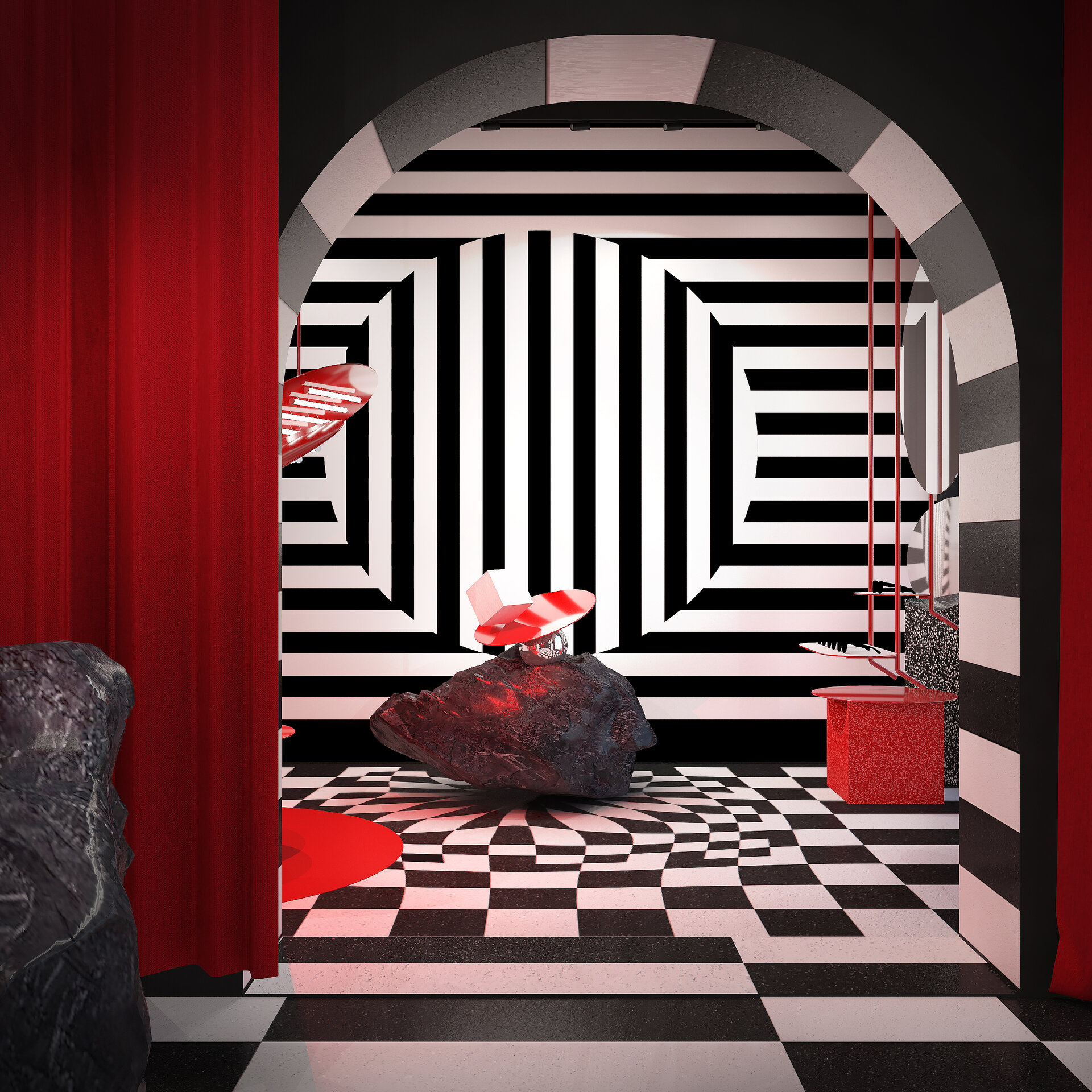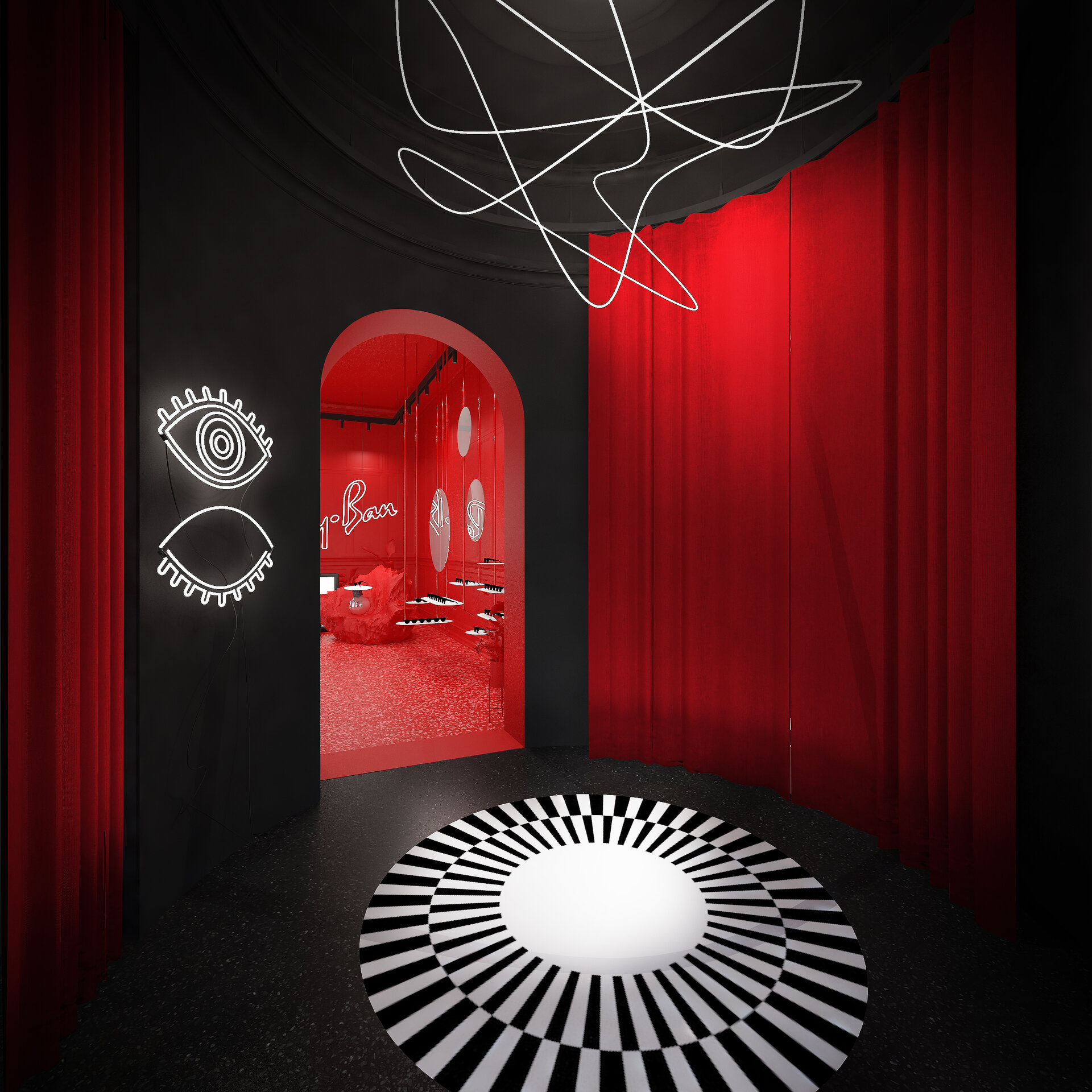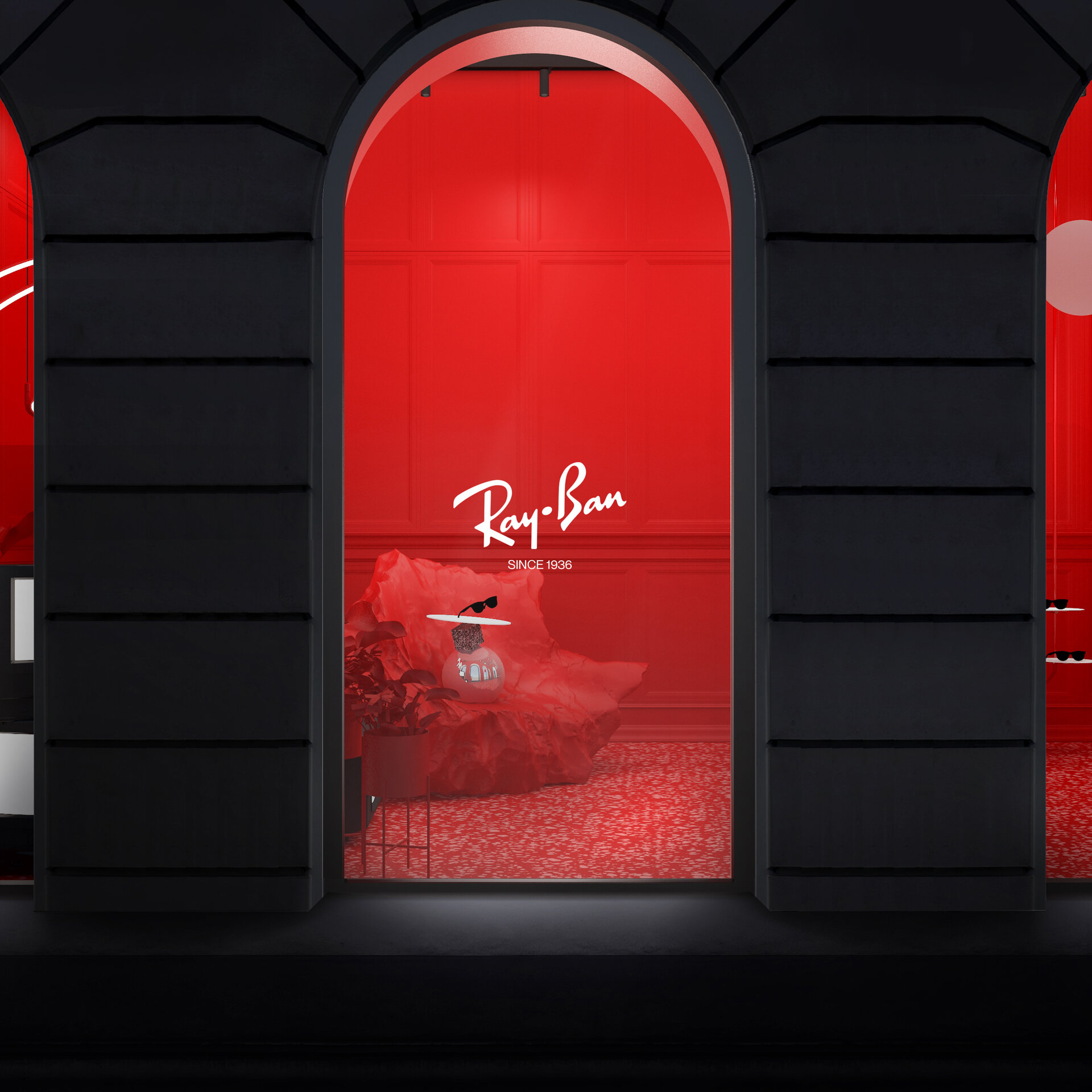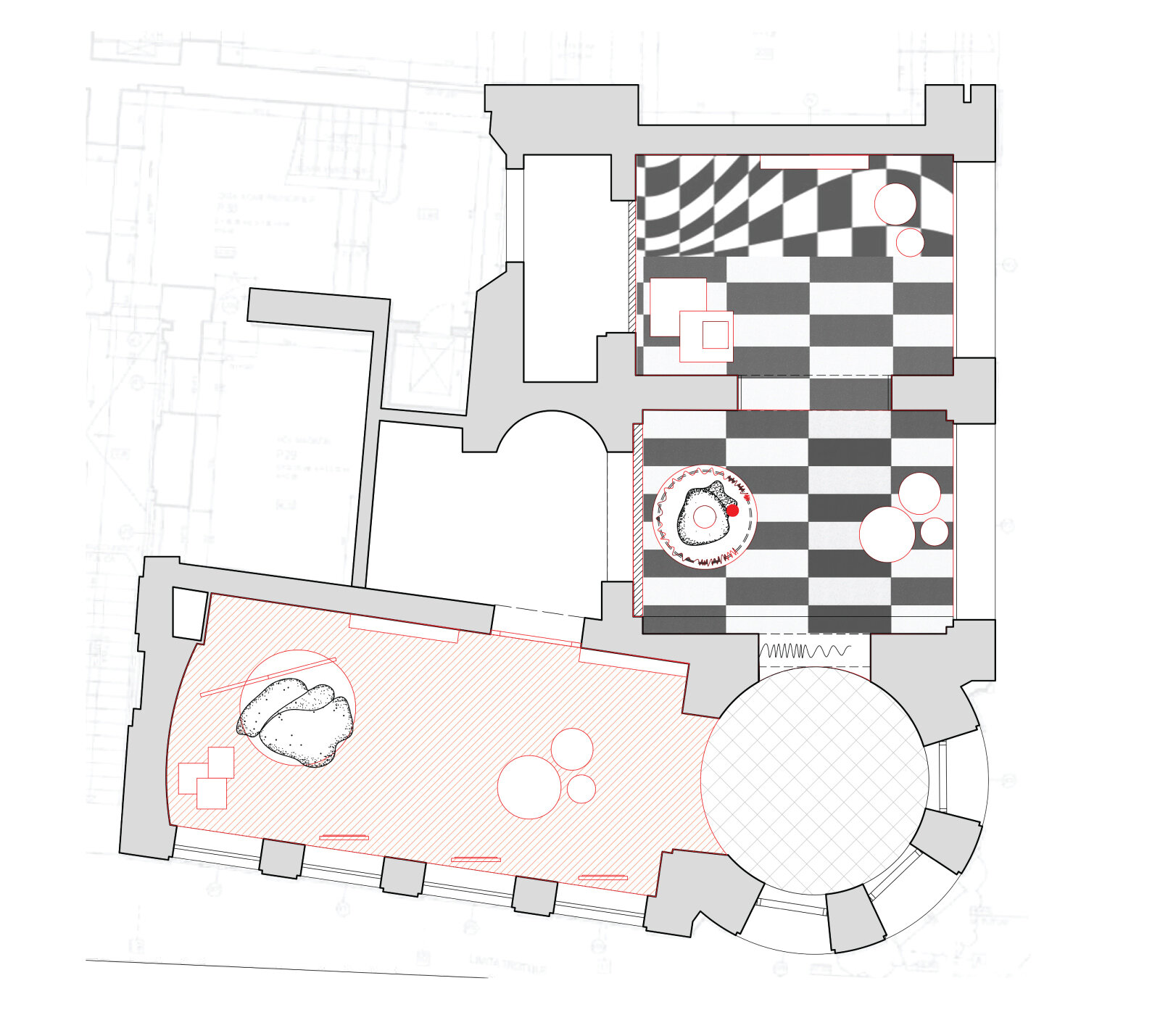
Ray Ban Flagship store
Authors’ Comment
Mention high fashion sunglasses and the name that immediately springs to mind is Ray-Ban. This iconic brand has carved itself a unique place in the world of eyewear and its sunglasses have graced the faces of many famous figures, both male and female, for decades. Over the years Ray-Ban has earned a reputation for superb design, excellent performance and an unmistakeable sophistication that has made it recognisable all over the world. We wanted to create the brands presence in Romania noticeble that’s why our proposal is a flagship on Calea Victoriei. Faced with tough competition from online retailers, today’s bricks and mortar stores need to do all they can to lure online consumers back into the physical world. Creating multi-sensory experiences, flagship stores are emotional. Connecting with shoppers through the use of aesthetic and interactive elements, flagships are a destination venue in their own right. Most often found in luxury flagships, famous or one-of-a-kind artwork helps make a space distinctive and special. Not only is art an added attraction to drive interest in a flagship, but it also generates feelings of authenticity and extravagance.
We wanted to bring an unique experience that allows visitors to interact with the brand using art installations and limited retail displays in oder to highlight certain products through materiality.
Art installation are used as a display or as a stand-alone interaction element. At the same time, they can serve as elements that give a unique character to the interior space. The pattern superimposed over the decorative or architectural elements changes the size of the space, through optical illusions.
Op art works are abstract, with many of the better known pieces made in only black and white. When the viewer looks at them, the impression is given of movement, hidden images, flashing and vibration, patterns, or alternatively, of swelling or warping. A true Op Art piece “teases” the eye. Straight lines may appear curved, lines wriggle, flat areas undulate. The eye is tricked into seeing things which are not so. Areas may appear to be flattened or stretched. The eye may often be unable to focus when viewing an Op Art piece.
In this type of art, the viewer becomes an active user who interacts with the works, moving in order to fully capture the optical effect. Optical art it derives closely from the Bauhaus constructivist practices, which emphasized the relationship between form and function in a framework of analysis and rationality. It also comes from trompe-l’oeil, of anamorphosis and of psychological practices such as Gestalt theory and psychophysiology. The concept was based on experiencing the fine relationship between ego and self-confidence through the use of status objects. The emphasis is on the representation of space as an art gallery, the use of walls and floors in obtaining Op-art patterns. The color red flooded the space giving the visitors an immersive feeling when they walk into the store.
Related projects:
